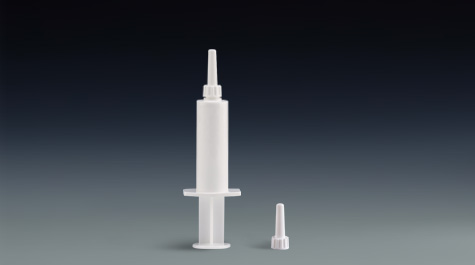Intramammary or Systemic Administration?
Treatment of mastitis should be based on bacteriological diagnosis and take national and international guidelines on prudent use of antimicrobials into account. In acute mastitis, where bacteriological diagnosis is not available, treatment should be initiated based on herd data and personal experience. Rapid bacteriological diagnosis would facilitate the proper selection of the antimicrobial. Treating subclinical mastitis with antimicrobials during lactation is seldom economical, because of high treatment costs and generally poor efficacy. All mastitis treatment should be evidence-based, i.e., the efficacy of each product and treatment length should be demonstrated by scientific studies. Use of on-farm written protocols for mastitis treatment promotes a judicious use of antimicrobials and reduces the use of antimicrobials.
An important question regarding the treatment of mastitis is whether the antimicrobial should accumulate in the milk or in the udder tissue [9]. The target site may depend on the causative agent: streptococci are known to remain in the milk compartment, but S. aureus penetrates udder tissue and causes deep infection (Table 1). The most common route of administration of antimicrobials in mastitis is the IMM route. The advantages of this route are high concentrations of the substance achieved in the milk and low consumption of the antimicrobial as the drug is directly infused into the diseased quarter. For example, concentration of penicillin G in milk after IMM administration is 100-1000 times as high as the concentration after systemic (parenteral) administration [15, 16, 59, 32]. A disadvantage of the IMM administration is uneven distribution throughout the udder [53, 7, 8] and the risk of infecting the quarter when infusing the product via the teat canal. Efficacy of IMM treatment varies according to the causative pathogen, with the best therapeutic response being shown for mastitis caused by streptococci, coagulase-negative staphylococci, and Corynebacterium spp.
Source from: https://irishvetjournal.biomedcentral.com/articles/10.1186/2046-0481-62-S4-S40

没有评论:
发表评论